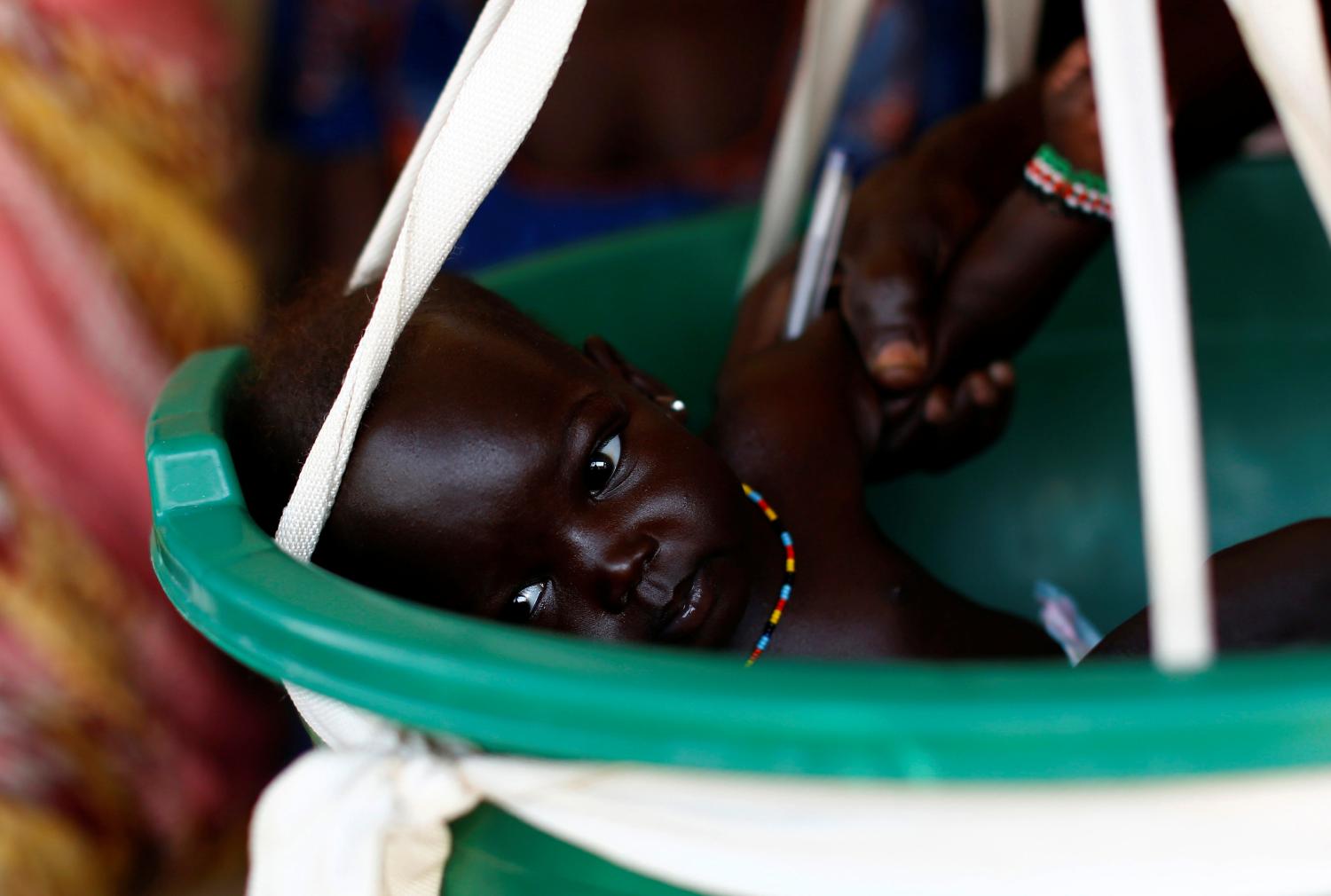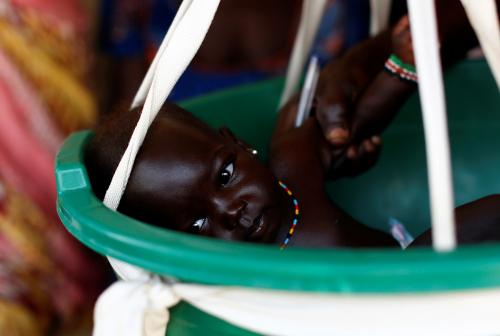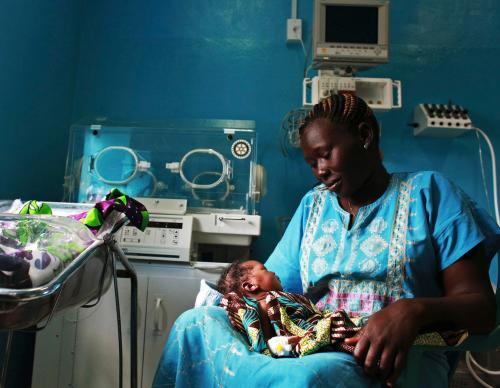This paper, published by World Development, presents a quantitative investigation of trends before and after the establishment of the U.N. Millennium Development Goals (MDGs) to determine which trajectories changed where, and to what scale of human consequence. It updates a January 2017 Brookings working paper.
We perform three empirical assessments: a count of countries that accelerated their rate of progress post-2000; statistical t-tests for differences in mean country rates of progress; and a determination of the incremental lives saved or improved (or not) due to accelerated progress above pre-MDG trends.
We find that low-income countries and sub-Saharan African countries had positive acceleration on a majority of indicators and accounted for much of the world’s post-2000 accelerations. Middle-income countries typically registered larger cumulative gains but less acceleration over the period. The greatest advances were in matters of life and death. At least 20.9 million and as many as 30.3 million additional lives were saved due to accelerated rates of progress, with sub-Saharan Africa accounting for approximately two-thirds of the total. Primary school completion also showed considerable overall acceleration, leading to at least 74 million more children having finished primary school. Other measures of basic needs—including undernourishment, access to water and access to sanitation—showed mixed patterns of acceleration. Headcount rates of extreme income poverty declined at an accelerated rate in most regions. Environmental indicators showed no systematic evidence of faster progress.








